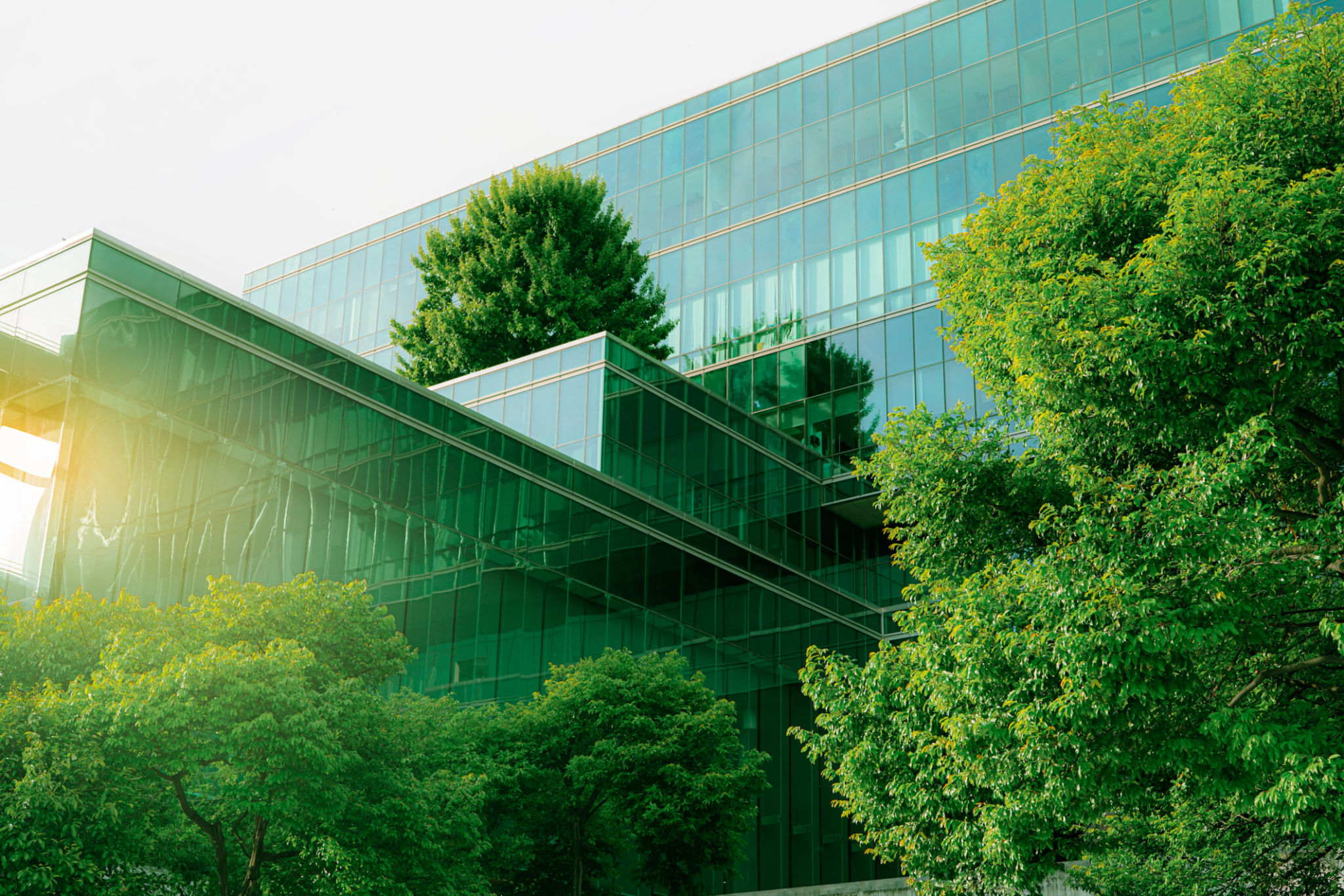Myths About Residential Development in Auckland: What You Should Really Know
Introduction to Myths
Residential development in Auckland is often surrounded by a myriad of myths and misconceptions that can cloud public perception and influence decision-making. Understanding the realities behind these myths is crucial for anyone considering investing in or moving to Auckland. In this post, we will explore some of the most common myths and provide clarity on what you should really know about residential development in this vibrant city.

Myth 1: Auckland Is Running Out of Space
One of the most prevalent myths is that Auckland is running out of space for new residential developments. While it's true that certain central areas are densely populated, Auckland's urban planning strategies are designed to incorporate sustainable growth. The city's Unitary Plan encourages higher-density living spaces and the development of satellite towns to manage population growth effectively.
Additionally, there are ongoing projects that focus on redeveloping underutilized lands, enhancing existing infrastructure, and creating new housing opportunities in both urban and suburban areas. This strategic approach ensures that there is still room for expansion without compromising on quality of life or environmental standards.
Myth 2: All New Developments Are High-Rise Apartments
Another common misconception is that residential development in Auckland solely consists of high-rise apartments. While these types of developments are increasingly common in the central city to accommodate a growing population, they are not the only option available. In fact, Auckland offers a diverse range of housing types, including townhouses, standalone homes, and mixed-use developments.

Many residential projects focus on creating sustainable communities with amenities such as parks, schools, and local businesses to provide a balanced lifestyle. This variety ensures that there is something to suit different lifestyles and preferences, from those seeking urban convenience to families desiring a suburban setting.
Myth 3: Development Harms the Environment
Environmental concerns are often at the forefront of discussions about residential development. However, modern development practices in Auckland are increasingly focused on sustainability and minimizing environmental impact. Developers are incorporating green building techniques, such as energy-efficient designs, sustainable materials, and water conservation measures, into their projects.
The city has implemented strict regulations to ensure that new developments comply with environmental standards. These efforts not only protect Auckland's natural beauty but also contribute to healthier living environments for residents.

Myth 4: Development Leads to Increased Traffic Congestion
It is a common belief that new residential developments inevitably lead to increased traffic congestion. While an influx of residents can impact local traffic, Auckland is actively working to address this challenge through improved public transportation options and infrastructure upgrades. Investments in bus lanes, cycleways, and rail networks aim to provide residents with efficient alternatives to driving.
Moreover, many new developments are designed with accessibility in mind, reducing the need for long commutes by situating homes near workplaces, schools, and amenities. This integrated approach helps mitigate traffic congestion while promoting a more sustainable lifestyle.
Conclusion
The myths surrounding residential development in Auckland can often paint an inaccurate picture of the opportunities and challenges associated with the city's growth. By understanding the realities behind these misconceptions, individuals can make informed decisions about investing in or moving to this dynamic city. With careful planning and a focus on sustainability, Auckland continues to evolve while maintaining its reputation as a desirable place to live.
